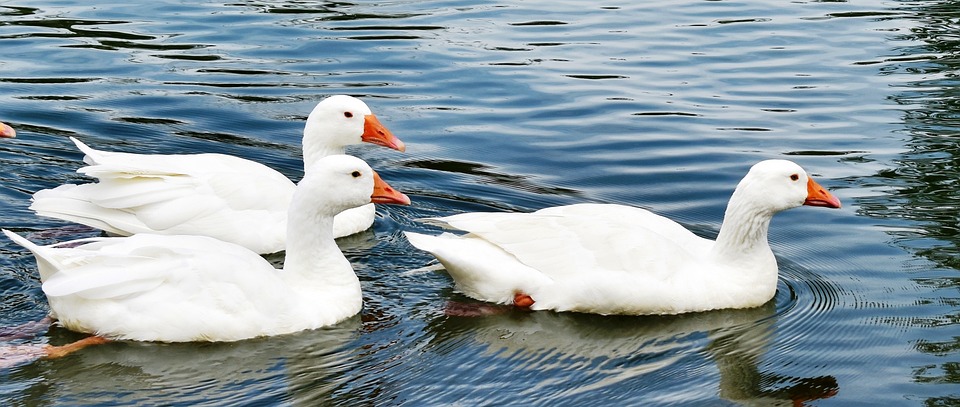Understanding the Reasons Behind Fish Tank Fish Gasping at the Surface
Introduction:
Fish gasping for air at the surface of the tank can be a concerning sight for any aquarium owner. This behavior is often a sign of distress and can indicate a variety of underlying issues that need to be addressed promptly. In this article, we will explore the common reasons behind fish gasping at the surface and provide insights on how to resolve these problems effectively.
I. Insufficient Oxygen Levels
A. Lack of aeration or oxygenation: Insufficient oxygen levels in the tank can cause fish to gasp for air at the surface. This can be due to a lack of aeration or oxygenation equipment, such as air pumps or surface skimmers.
B. Overstocked or overcrowded tank: When a tank is overstocked or overcrowded, there may not be enough oxygen to support all the fish. This can lead to oxygen depletion and fish gasping for air.
C. Poor water circulation: Poor water circulation can result in stagnant areas where oxygen levels are low. This can be caused by a lack of appropriate water pumps or filters.
II. High Ammonia or Nitrite Levels
A. Inadequate filtration system: A filtration system is essential for maintaining water quality. An inadequate filtration system can lead to a buildup of ammonia and nitrite, which are toxic to fish and can cause them to gasp for air.
B. Overfeeding or improper maintenance: Overfeeding can lead to excess waste, which can contribute to high ammonia and nitrite levels. Improper maintenance, such as infrequent water changes, can also lead to a buildup of these toxins.
C. New tank syndrome: When setting up a new tank, it can take time for beneficial bacteria to establish and effectively process ammonia and nitrite. During this period, ammonia and nitrite levels may spike, causing fish to gasp for air.
III. High Nitrate Levels
A. Infrequent water changes: Nitrate is a byproduct of the nitrogen cycle and can accumulate over time. Infrequent water changes can result in high nitrate levels, which can be harmful to fish and cause them to gasp for air.
B. Overstocked tank: Similar to ammonia and nitrite levels, an overstocked tank can lead to high nitrate levels. Fish waste and excess food contribute to the production of nitrate.
C. Poor filtration: A filtration system plays a crucial role in removing nitrate from the water. A poor filtration system may not effectively remove nitrate, leading to its accumulation and fish gasping at the surface.
IV. Poor Water Quality
A. High temperature or low dissolved oxygen levels: High temperatures can reduce the amount of dissolved oxygen in the water, making it difficult for fish to breathe. Additionally, low levels of dissolved oxygen can occur when water quality is poor or there is insufficient aeration.
B. Presence of contaminants or chemicals: Contaminants or chemicals, such as chlorine or heavy metals, can be harmful to fish and cause them to gasp for air.
C. Improper pH levels: Fish have specific pH requirements, and drastic changes or improper pH levels can stress them, leading to gasping behavior.
V. Disease or Parasitic Infection
A. Ich (White Spot Disease): Ich is a common parasitic infection that causes white spots on fish. This condition can irritate the gills, making it difficult for fish to breathe.
B. Gill flukes: Gill flukes are another common type of parasite that can infest fish gills, leading to respiratory distress and gasping behavior.
C. Bacterial or fungal infections: Certain bacterial or fungal infections can affect fish gills, impairing their ability to breathe properly.
VI. Stress or Environmental Factors
A. Sudden changes in temperature or water parameters: Rapid changes in temperature or water parameters can stress fish and cause them to gasp for air.
B. Aggressive tank mates or bullying: Aggressive tank mates can harass or bully fish, causing stress and respiratory distress.
C. Inadequate hiding spots or lack of proper tank setup: Fish need appropriate hiding spots and tank setups that mimic their natural environment. Without these, they may become stressed and exhibit gasping behavior.
VII. FAQs
Q1. How can I increase oxygen levels in my fish tank?
A1. You can increase oxygen levels by adding an air pump or surface skimmer, increasing water circulation, or using live plants.
Q2. How often should I change the water in my fish tank?
A2. Regular water changes are crucial for maintaining water quality. Generally, a 10-20% water change every 1-2 weeks is recommended, but this can vary depending on tank size and stocking levels.
Q3. What should I do if my fish is gasping at the surface?
A3. Check water parameters, including oxygen, ammonia, nitrite, and nitrate levels. Address any issues identified, such as improving aeration, conducting water changes, or treating for diseases if necessary.
Q4. Can I use an air stone to improve oxygenation?
A4. Yes, air stones can help improve oxygenation by increasing water surface agitation and promoting gas exchange.
Q5. How can I prevent diseases and infections in my fish tank?
A5. Maintain good water quality, avoid overcrowding, quarantine new fish before introducing them to the tank, and provide proper nutrition and care to strengthen fish immune systems.
Conclusion:
Fish gasping at the surface is a distressing behavior that should never be ignored. By understanding the various reasons behind this behavior, you can take appropriate steps to address the underlying issues and ensure the well-being of your fish. Regular maintenance, proper water quality management, and a suitable environment will help keep your fish healthy and happy. Remember, a healthy fish is a happy fish!
Note: This blog article is purely for informative purposes and should not substitute professional advice. If you suspect any serious health issues with your fish, consult a veterinarian or an experienced aquarium professional for guidance.









